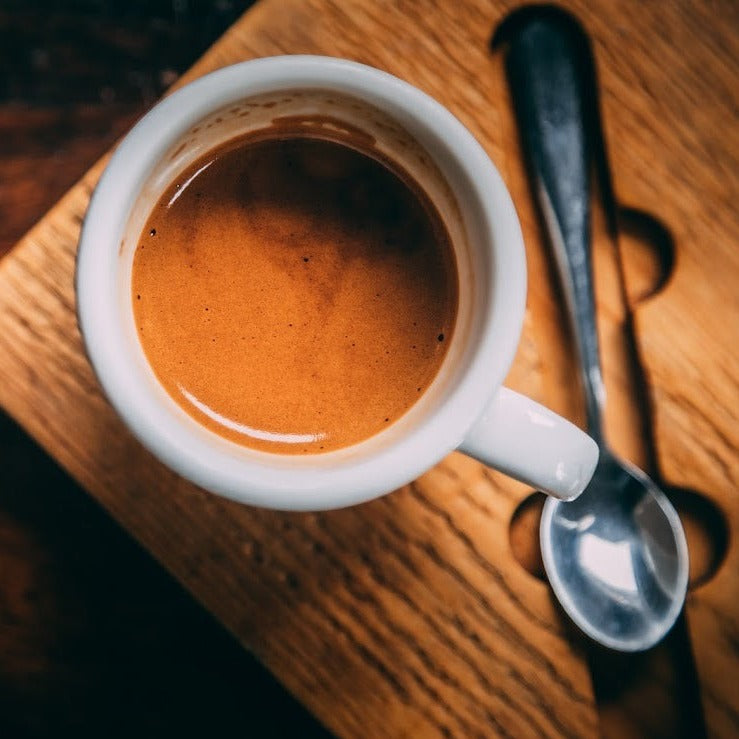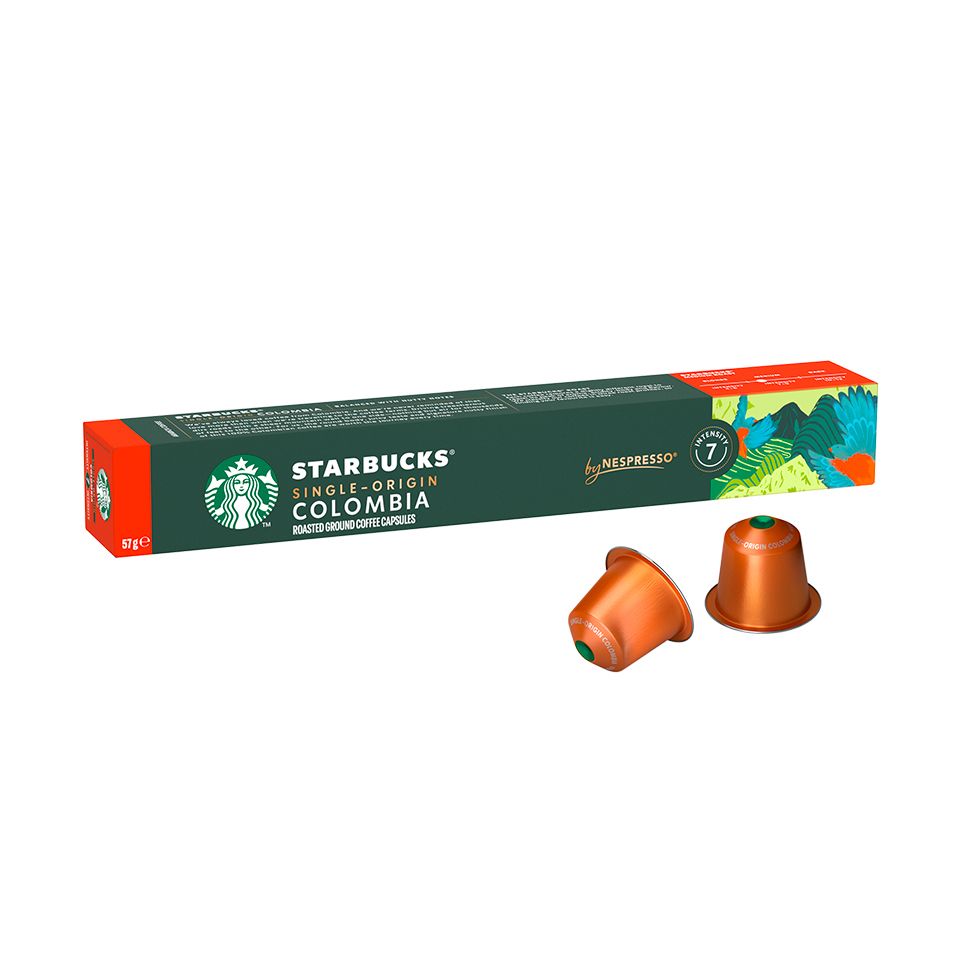What to Know Before Buying SOE Single Origin Espresso
What to Know Before Buying SOE Single Origin Espresso
Blog Article
Checking Out the Abundant Tastes of Coffee Beans: a Deep Study Coffee and Blended Coffee Beans
When you check out the rich tastes of coffee beans, you reveal an intricate globe where each range brings its own character to your cup. As you navigate via the art of espresso and the creativity behind blended coffees, you'll begin to value the nuances that make each sip distinct.
The Origins of Coffee Beans: Discovering Terroir and Flavor Profiles
When you take a sip of coffee, you're not just enjoying a drink; you're experiencing an abundant tapestry of flavors formed by the beans' origins. Each area produces one-of-a-kind flavor accounts influenced by environment, altitude, and dirt. Beans from Ethiopia frequently break with brilliant, fruity notes, while those from Colombia tend to supply a balanced, nutty sweetness.
As you explore various origins, you'll discover just how terroir-- the environmental variables influencing a plant-- plays an essential duty - Single Origin Espresso. The exact same coffee variety can taste dramatically different depending on where it's expanded
When you think about these elements, you start to appreciate the intricacy behind your cup. Each sip narrates of the land and the farmers that supported the beans. Following time you indulge, think regarding the journey your coffee took before it reached your hands, and relish those detailed tastes that mirror its beginning.
Recognizing Coffee: The Art and Scientific Research Behind the Brew
When you think of espresso, it's not almost the solid taste; it's likewise about the techniques that bring it to life. Understanding how different prep work approaches effect taste can transform your brewing experience. Let's explore the complexities of espresso prep work and reveal the distinct taste accounts that make each mug unique.
Coffee Prep Work Techniques
Espresso preparation is both a science and an art, combining specific methods with a deep understanding of coffee. To start, you'll wish to select top notch, newly baked beans and grind them carefully for optimal extraction (Single Origin Espresso). The work size is vital; too coarse, and your coffee will be weak, as well fine, and it'll be bitter
Next, tamp the grounds evenly in the portafilter to guarantee uniform extraction. When you lock it right into the machine, go for a developing temperature level in between 190 ° F and 205 °
F.As you draw the shot, look for the excellent extraction time-- around 25-30 secs. The result needs to be a rich, luscious espresso with a lovely layer of crema on top. With technique, you'll grasp these techniques.
Taste Profiles Discussed
The world of espresso provides an abundant tapestry of flavor profiles that can boost your coffee experience. Light roasts commonly showcase intense acidity and vivid tastes, while dark roasts present deeper, bolder tones.
A well-crafted mix might integrate the brilliant notes of an Ethiopian bean with the abundant, chocolatey undertones of a Brazilian bean. Accept the trip of uncovering coffee's diverse tastes, and you'll transform your coffee ritual into an exciting adventure.
Handling Methods: Just How They Impact Taste and Fragrance
While it may appear that the origin of coffee beans is the most significant consider establishing their taste and scent, the processing techniques utilized post-harvest play a similarly crucial duty. You'll find that these approaches can drastically alter the final preference account of your cup.
As an example, the washed process removes the fruit from the beans before fermentation, often bring about a cleaner, brighter flavor. Meanwhile, the all-natural procedure leaves the fruit undamaged during drying out, leading to a sweeter, fruitier profile.
Other approaches, like honey processing, strike an equilibrium, enabling some fruit mucilage to remain, providing a special complexity.
Each processing strategy communicates with the beans' inherent qualities, boosting or muting certain tastes and aromas. When you sip that coffee or combined coffee, remember that the journey from cherry to mug is influenced not just by origin yet likewise by just how those beans were refined.
Roasting Methods: Opening the Complete Potential of Coffee Beans
Roasting techniques are necessary for disclosing the full potential of coffee beans, as they transform raw, eco-friendly beans into the aromatic, delicious coffee you appreciate. The selection of toasting method-- light, medium, or dark-- substantially influences flavor profiles. Light roasts preserve the beans' natural level of acidity and fruity notes, while tool roasts equilibrium sweet taste and splendor. Dark roasts, on the other hand, highlight vibrant, smoky flavors.
A slower roast at reduced temperature levels enables for intricate tastes to develop, while a quicker roast can heighten anger. By grasping these techniques, you'll disclose a globe of taste, boosting your coffee experience to brand-new heights.
The Magic of Blended Coffee: Creating Distinct Flavor Experiences
Developing a distinct taste experience with combined coffee can transform your morning ritual right into an exploration of preference. By combining various beans from various areas, you can reveal a symphony of tastes that raise your mug to new elevations. Each blend offers a distinct account, balancing level of acidity, sweetness, and body to create something absolutely special.
When you choose a mix, you're not simply picking a coffee; you're picking a journey across varied landscapes and cultures. Trying out various mixes permits you to uncover your individual faves, whether you enjoy fruity notes or rich, chocolatey touches.

Sampling Notes: Identifying the Nuances in Your Mug
As you sip your coffee, you may see a spectrum of flavors dancing on your taste buds, each revealing the ins and outs of the beans. You may taste the brilliant level of acidity evocative citrus or the deep, abundant notes akin to dark chocolate. The sweetness could evoke honey or caramel, balancing the general account perfectly.
Pay interest to the body of the coffee-- does it really feel ventilated and light, or is it full and velvety? The coating, too, provides ideas; a lingering aftertaste may mean nuttiness or flower undertones.

Do not neglect to discover the unique qualities of various beginnings, as each area imparts distinct flavors - Single Origin Espresso. As an example, Ethiopian coffees usually existing fruity he said notes, while Colombian beans may showcase an extra spherical sweetness. By acknowledging these nuances, you'll grow your admiration for each and every mug, raising your coffee experience to brand-new heights

Developing Approaches: Making The Most Of Flavor Extraction for each Bean
When you check out the different developing approaches, you'll uncover that each strategy can dramatically influence the taste account of your coffee. From French press to pour-over, each method removes different compounds, enhancing or muting specific notes. As an example, using a French press permits oils to stay in the brew, producing a richer taste, while pour-over highlights clarity and brightness.
Temperature and grind dimension also play essential functions. A coarser work works best for cold mixtures, while a fine work is suitable for espresso. Try out water temperature level-- in between 195 ° F and 205 ° F-- can reveal concealed flavors, too.
Do not fail to remember about steeping time; a fast extraction can bring about sour notes, while over-extraction may generate bitterness. By readjusting these variables, you can maximize flavor extraction and genuinely boost your coffee experience. Delight in the trip of uncovering what approach best fits your taste buds!
Regularly Asked Inquiries
What Is the Ideal Water Temperature for Developing Coffee?
The ideal see here water temperature for brewing coffee's in between 195 ° F and 205 ° F. If you make use of water that's also warm, you'll over-extract flavors; too chilly, and you will not remove enough. Go for that pleasant place for the best brew!
Just How Does Grind Dimension Impact Coffee Taste?
Grind size considerably influences coffee flavor. Better grinds remove much more tastes and oils, leading to a bolder preference, sites while coarser grinds yield a lighter taste. Adjusting work size assists you accomplish your wanted coffee profile.
Exist Wellness Benefits Linked With Drinking Coffee?

What Is the Distinction Between Arabica and Robusta Beans?
Arabica beans are smoother and sweeter, frequently featuring fruity tastes, while robusta beans are more powerful with a bitter taste and greater high levels of caffeine material. You'll discover these differences in aroma and developing experience.
Exactly How Can I Store Coffee Beans for Freshness?
To save coffee beans for quality, maintain them in an impermeable container, far from wetness, light, and heat. You'll maintain their flavor longer if you only grind what you need right before brewing.
Discovering the Abundant Flavors of Coffee Beans: a Deep Dive Into Espresso and Blended Coffee Beans.
When you discover the abundant tastes of coffee beans, you discover a complicated world where each range brings its own personality to your mug.When you take a sip of coffee, you're not simply appreciating a beverage; you're experiencing a rich tapestry of tastes shaped by the beans' beginnings.Roasting methods are necessary for exposing the complete capacity of coffee beans, as they transform raw, eco-friendly beans into the fragrant, delicious coffee you enjoy.As you drink your coffee, you may notice a range of flavors dancing on your palate, each revealing the intricacies of the beans.
Report this page